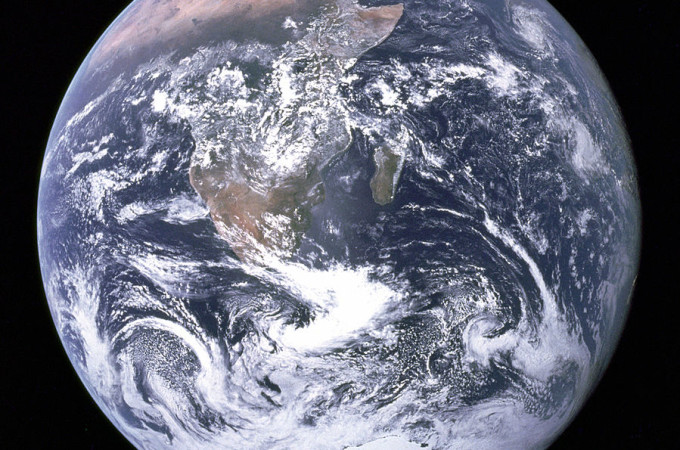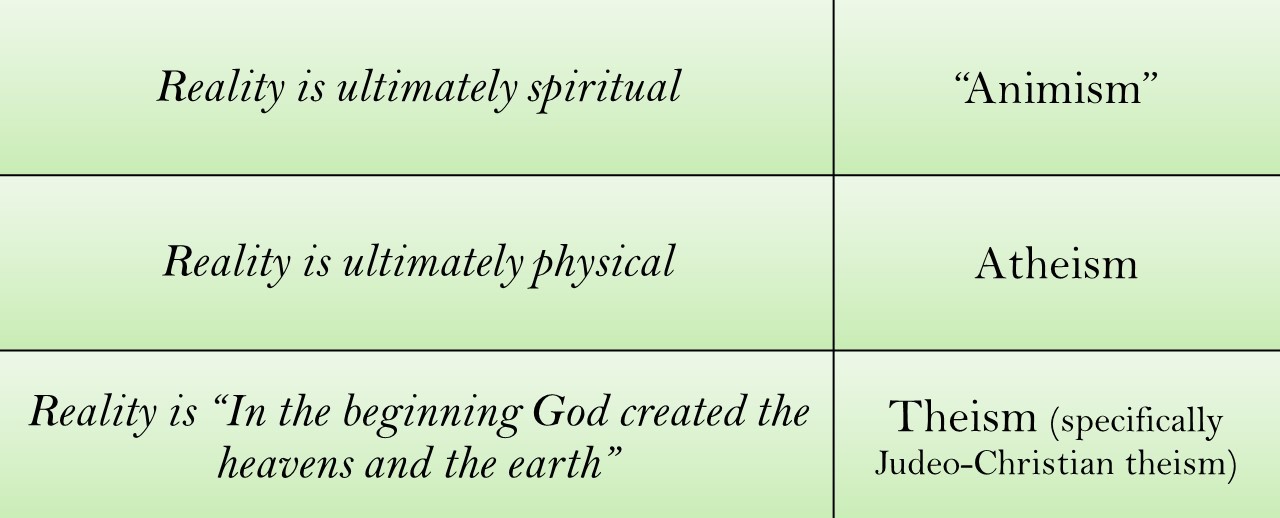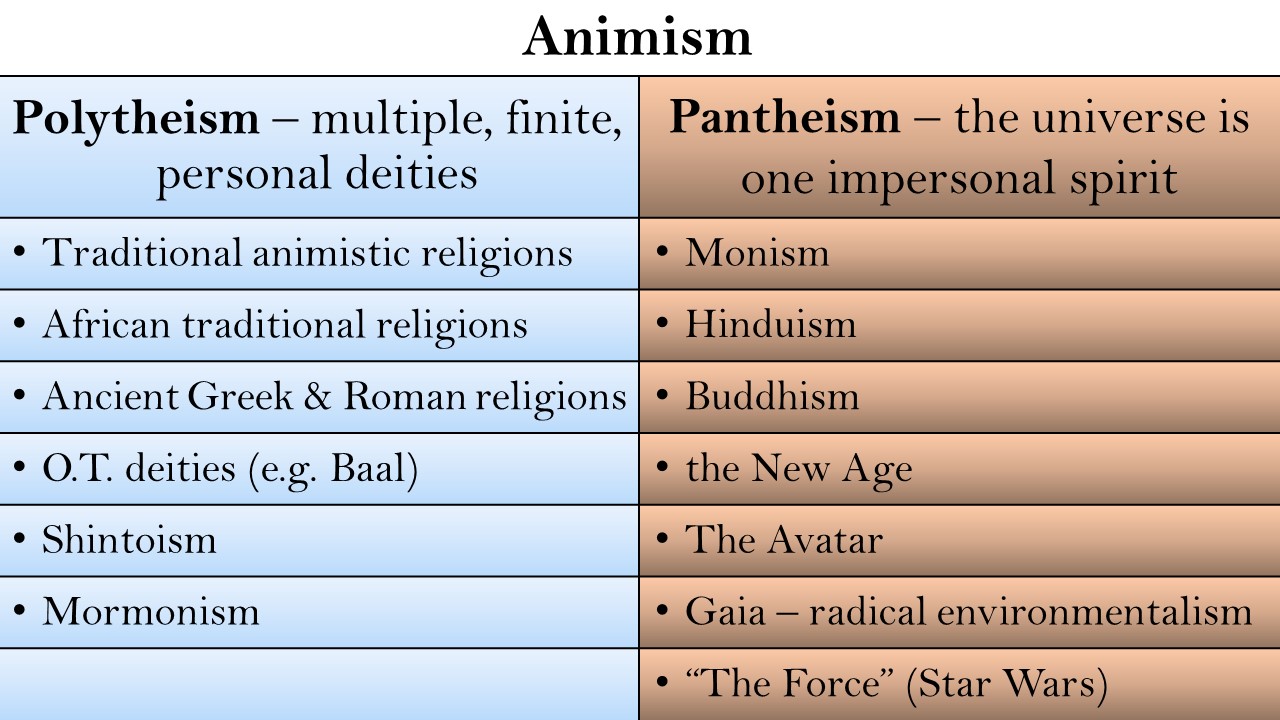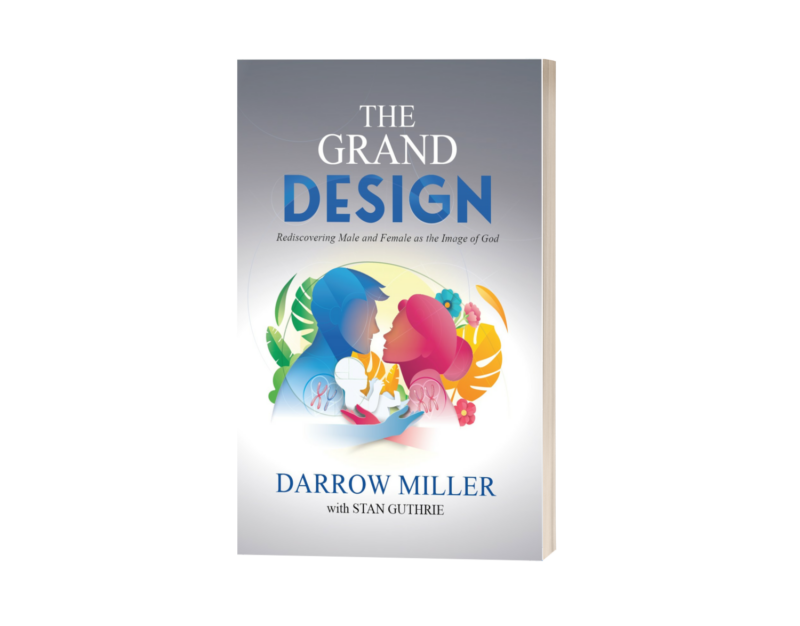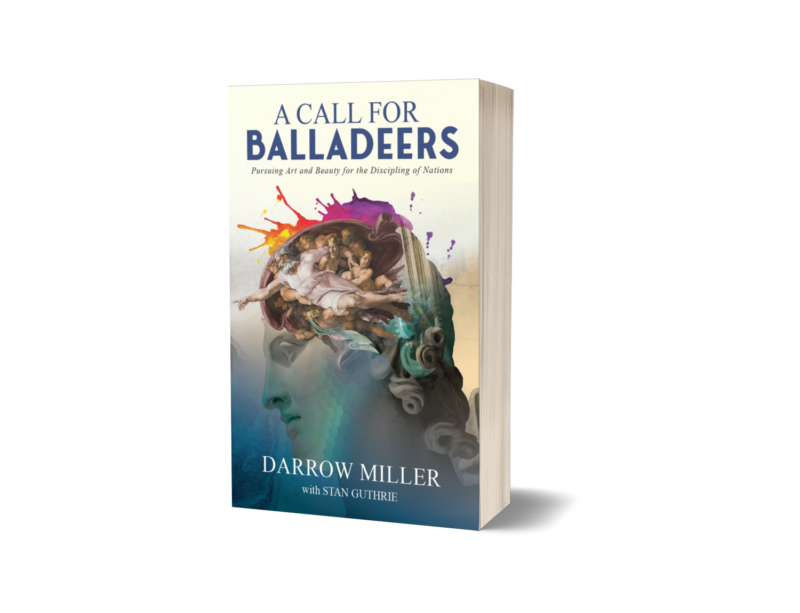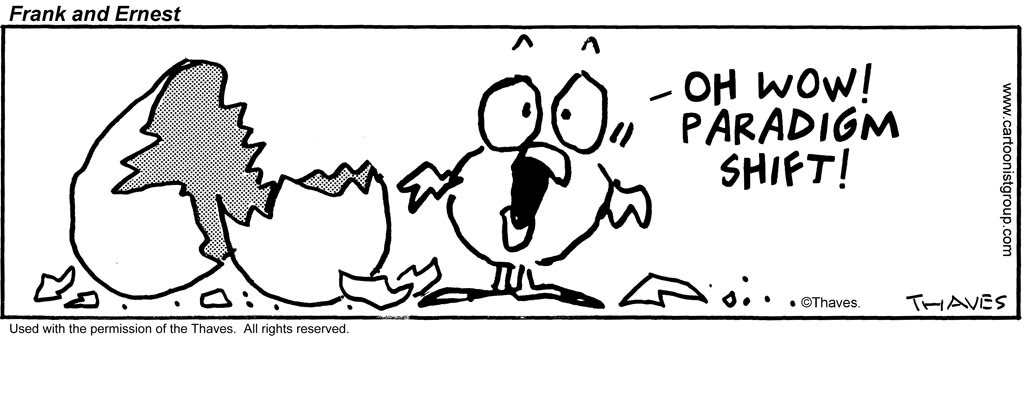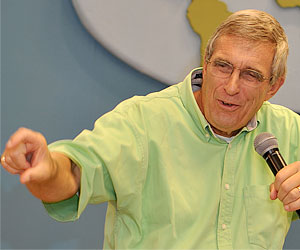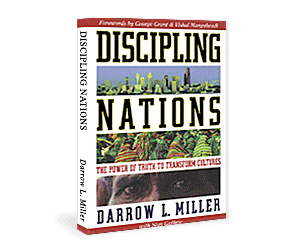Recently a good friend challenged me to re-formulate my basic worldview categories. He had been reading James Anderson’s book, What’s Your Worldview and liked Anderson’s four basic categories. He suggested I adopt this framework. His suggestion prompted this reflection.
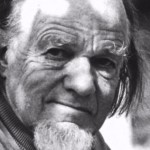 My own worldview journey began with Francis Schaeffer at L’Abri Fellowship in Switzerland. For years I have defined worldview as “a set of assumptions held consciously or unconsciously in faith about the basic makeup of the world and how the world works.” (For more on this please see my book Discipling Nations: The Power of Truth to Transform Cultures.)
My own worldview journey began with Francis Schaeffer at L’Abri Fellowship in Switzerland. For years I have defined worldview as “a set of assumptions held consciously or unconsciously in faith about the basic makeup of the world and how the world works.” (For more on this please see my book Discipling Nations: The Power of Truth to Transform Cultures.)
Globally, there are hundreds of religions and thousands of philosophies. A lifetime would not allow anyone to study this plethora of ideas, much less make sense of them all. Only if we can distill each of these to its core components, can we begin to make sense of them. This distillation reduces these philosophy and religions to the worldview level.
Think of it this way. What do wine, soda and milk have in common? They are all beverages. Now there are many different kinds of milk, perhaps hundreds of varieties of sodas and thousands of wines. But what makes wine, wine and not soda? What makes soda, soda and not milk? If you were to separate the liquid from each of these beverages, what you have left is what makes soda, soda; wine, wine; and milk, milk.
Similarly, if we distill the hundreds of religions and thousands of philosophies down to their component parts, there are no longer thousands of options to study, but only several. This makes it much easier to get a handle on all these ideas.
While those who write on the subject of worldview understand the importance of mindset for understanding life, we do not all reduce to the same number of basic worldviews. Here are five different approaches, as examples of many more:
- James Anderson, the author my friend had read, is a philosopher and theologian. He suggests four basic worldviews: monotheism, pantheism, polytheism, and atheism.
- Summit Ministries, which trains young people to think from a biblical worldview framework, uses six categories: biblical Christianity, Islam, secular humanism, Marxism-Leninism, cosmic humanism, and postmodernism.
 James Sire, in his foundational book the Universe Next Door, identifies nine worldview categories: Christian theism, deism, naturalism, nihilism, existentialism, eastern pantheistic monism, the new age – spirituality without religion, postmodernism, and Islamic theism.
James Sire, in his foundational book the Universe Next Door, identifies nine worldview categories: Christian theism, deism, naturalism, nihilism, existentialism, eastern pantheistic monism, the new age – spirituality without religion, postmodernism, and Islamic theism.- Richard Lombard of Worldview U suggests three basic worldviews: theism, atheism, and pantheism.
- Freddy Davis of MarketFaith Ministries focus his worldview teaching on practical sociology. He suggests five categories: naturalism, animism, far eastern thought, theism, and relational revelation.
Obviously there are commonalities as well as distinctions in these. But, at any rate, which is the best way to divide categories of worldview? Three? Nine? Something between?
As I have studied the subject of worldview over the years, I have found that most writers drive the subject to the academic and the abstract.
Because of my heart for the people living in the world of hunger and poverty, my work on worldview was driven to the practical. Ideas have consequences. There are practical implications from each basic worldview. It is the intersection of the seemingly unconnected issues of worldview and poverty that has driven my life. (For more on my journey go here.)
In my lectures and writing on worldview and development, I have focused on three basic worldviews:
- Judeo-Christian theism,
- Atheism (secularism – atheistic materialism, naturalism, etc.), and
- “Animism”
I have used these three categories for two reasons, one practical and one philosophical.
On the practical side, I observed that most cultures where poverty flourished were animistic in their worldview. This would include the obviously animistic peoples of Africa, Asia, and Central and South America, but also the folk animism found in Islam, Hindu and Buddhist cultures. I had discovered that animism erects barriers to both economic and wholistic development.
The relief and development industry, in which I served for 27 years, largely functioned from an atheistic-materialistic set of assumptions. Even Christian individuals and agencies who worked among the poor were largely defined by a materialistic analysis of the causes and solutions of poverty. Too often, the industry’s solutions to hunger and poverty relied on redistribution of resources. Such an approach generates unintended consequences like dependency and greater poverty.
I came to recognize that the root of the cause of poverty was an animistic worldview. I was driven to see that atheistic-materialistic solutions did not solve the problem. Rather, it was the Judeo-Christian worldview—the worldview of reality—that has the metaphysical capital to solve the very practical problems of hunger and poverty.
On the more philosophical side, I would argue that all religions and philosophies can be distilled into three basic worldviews:
Included in the broad category of “animism” (reality is ultimately spiritual) are two sub-categories and myriad subsets. The broad categories are Polytheism – multiple finite personal deities and Pantheism – the universe is one impersonal spirit.
The subsets of Polytheism would include traditional animistic religions, African Traditional Religions, Ancient Greek and Roman Religions O.T. deities like Baal, Shintoism and modern day Mormonism.
The subset of Pantheism would include Monism, Hinduism, Buddhism, the New Age, the Avatar, Gaia – radical environmentalism, and the force (Star Wars). As materialism follows its death spiral in the West, the postmodern world is turning to Pantheism for answers.
Atheism, of course, sees the universe as ultimately physical; it denies God and any spiritual reality. What I broadly label atheism includes subsets and alternative labels such as: Naturalism, Secularism, Secular Humanism, Darwinism, Evolutionism, Reductionism, Fascism, Nazism, and Communism.
The radical alternative to atheism (all is physical) and animism (all is spiritual) is “monotheism,” a belief in one personal and infinite God. Theism has two broad subcategories: Unitarian and Trinitarian .
Unitarianism sees God as a single, individual, undivided, infinite person, the creator of the universe. This is reflected in the Hebrew word Yachid – “single,” “absolute,” or “indivisible” one; (1=1). Included in this sub-category would be modern Judaism, deism, universalism, Islam, and moral theism.
Trinitarianism understands that God is a “combined one” or “united one” reflected in the Hebrew word Echad – “united,” “compound,” or “bound together” one as used in Genesis 2:24; Deuteronomy 6:4-5; (1+1+1 = 1)
The One and Many God – Echad, is specifically the trinitarian God as revealed in the Old and New Testaments. There is one God who exists in Three Persons. Included in this category are Christianity and ancient Judaism.
The philosophical side of our discussion helps us distill a myriad philosophies into three basic worldviews: animism, atheism and Judeo-Christian theism. But this is not the critical issue.
 What is critical is that ideas have consequences. Worldviews not only determine how we view the world; they determine the kinds of communities and societies we will build and will determine how we respond to very practical issues like the reality of hunger and poverty in our world.
What is critical is that ideas have consequences. Worldviews not only determine how we view the world; they determine the kinds of communities and societies we will build and will determine how we respond to very practical issues like the reality of hunger and poverty in our world.
Metaphysical capital is the key to solving the issues of hunger and poverty. The animistic worldview leads to underdevelopment. The atheistic worldview limits the analysis of poverty and its solutions to a materialistic perspective. It is Judeo-Christian Theism that provides the metaphysical capital for the comprehensive development of individuals, communities and nations.
If you have never taken time to reflect on the nature and significance of worldview, now may be the time to begin. You have a “set of glasses” on your mind through which you view life. This worldview affects everything about your life.
- Darrow Miller

